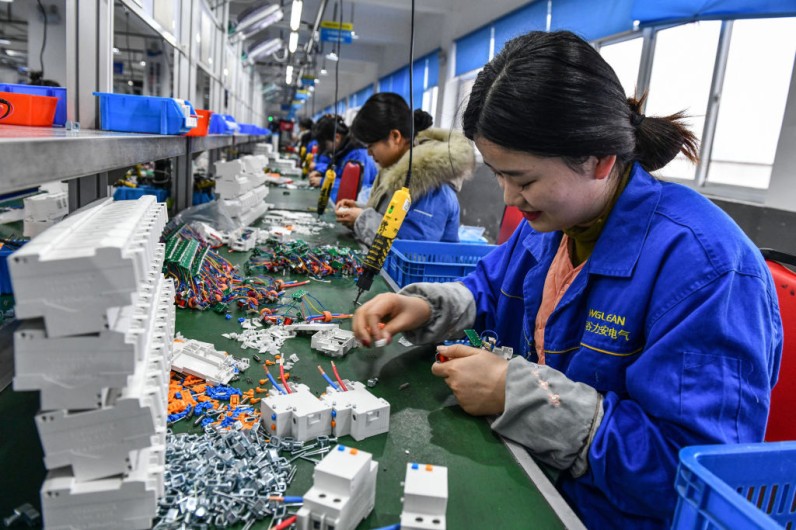In response to the United States' efforts to contain China's technological advancements, Beijing has revealed a new strategy to transform domestic innovations into commercial products that can compete in the global market.
According to the South China Morning Post (SCMP), this ambitious plan will focus on establishing five advanced pilot-scale production facilities designed to propel China up the global value chain and reinforce its position as the world's leading manufacturer.

China Developing Pilot-Scale Trials
On Tuesday, China's Ministry of Industry and Information Technology emphasized the need to promote the simultaneous development of pilot-scale trials, innovation chains, and industrial chains to provide robust support for the high-quality development of the manufacturing industry.
Pilot-scale production, a process connecting laboratory research with mass production, is crucial for strengthening supply chain resiliency and advancing AI, quantum computing, and biomedical manufacturing.
The ministry said it plans to boost the supply of products typically used in pilot tests, including high-end testing equipment, accurate measuring instruments, and design simulation software.
It added that it would prioritize "testing materials, products, and equipment with major application prospects and high value-added benefits" for industrial restructuring.
Manufacturers were encouraged to leverage machine learning, AI, and digital technologies in pilot tests while promoting data sharing with suppliers. According to SCMP, this approach aims to shorten research and development cycles and decrease related costs.
Real-life Production
Peng Peng, executive chairman of the Guangdong Society of Reform, highlighted the significance of these pilot tests as a crucial step toward translating scientific research into real-life production.
He noted that despite China's leading volume of published papers and numerous patents for inventions, many have been put on the shelf without mass applications due to a lack of investments in research and development, and many local manufacturers pursue quick market results.
China has long aimed to boost its industrial development. However, challenges have intensified in the past several years as manufacturers in low-end industries shift to more cost-effective neighboring countries like India and Vietnam, while the US and its allies have intensified tech restrictions.
According to the National Bureau of Statistics data, government spending on research and development accounted for 2.64% of China's gross domestic product in 2023, lower than the 3.46% in the US and 4.93% in South Korea in 2021.
China's strategy now focuses on improving the conversion rate of scientific results and addressing vulnerabilities in its industrial chains.







Join the Conversation